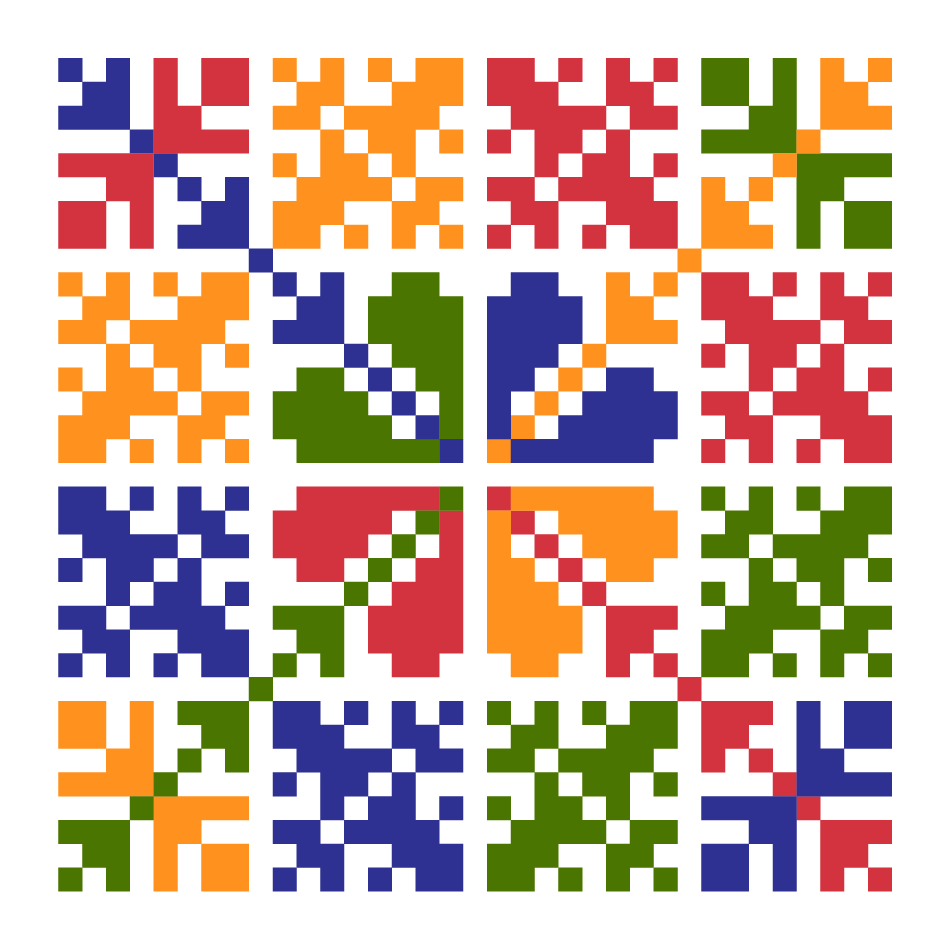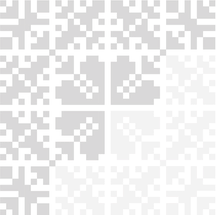C4 M1 L1 Grammar
4 | Modul 1: Gramatika
Dome, slatki dome
4 | 1 | Lekcija 1: Moj stan
| GDJE? – Telling Where People and Things are Located
As its name says, the Locative case is primarily used to express where someone or something is located. In other words, it answers the question WHERE someone/something is (GDJE?). One thing we need to mention at the very beginning is that the Locative case is the only case in Croatian that is always accompanied by a preposition. However, this does not mean that all prepositions in Croatian can take the Locative case—only some of them do.
Locative case endings
In order to learn the Locative endings, we will use the names of the three capital cities:
Zagreb (m) / Sarajevo (n) / Podgorica (f) – as each represents one of the three genders.
N sing | Zagreb | Sarajevo | Podgorica |
L sing | Zagreb-u | Sarajev-u | Podgoric-i |
The general ending for masculine and neuter nouns in the Locative case is -u, while for feminine nouns the ending is -i. In masculine nouns, -u is added to the stem (Zagreb). In neuter nouns, -u ending replaces the -о or -е of the dictionary form (Sarajevo, Skopje). In feminine nouns, the -i ending replaces the -а on the dictionary form (Podgorica, Ljubljana).
| Preposition Locative Case
As for prepositions with the Locative case, we need to keep in mind what the message is that we want to express.
Rule #1: u / na Locative = location
Prepositions u or na are followed by the Locative case when we want to indicate location. The basic explanation of the meaning of each of these prepositions is as follows:
U — expresses location inside a physical container or something construed as having a clear boundary (physical container: u košari ‘in the basket’; clear boundary: u gradu ‘in the city’).
NA — expresses location on some surface, or location at something that does not have a clear boundary (surface: na stolu ‘on the table’; no boundary: na tulumu ‘at the party’).
As you remember, we already encountered these two prepositions when we talked about the Accusative case, indicating motion toward some place. At this point, we will use u and na with the Locative case to express where someone or something is located. In general, to review the rules about the usage of u and na, refer to the Unit 2- Module 3 - Lesson 1: Gramatika.
Here are some examples that express location with both prepositions using the Locative case:
Ja sam u Zagrebu. | Ja sam u Podgorici. | Ja sam u Sarajevu. |
Odjeća je u ormaru. | Novčanik je u torbi. | Ručnik je u kupatilu. |
Knjiga je na krevetu. | Cvijeće je na stolici. | Ja sam na moru. |
Laptop je na stolu. | Knjige su na polici. | Poruka je na ogledalu. |
All these sentences indicate where someone or something is located, such as: (1) I am in Zagreb. (2) The wallet is in the bag, on a shelf, etc. f
G | 4.1 Zadatak 1. U ili NA? |
G | 4.1 Zadatak 2. Moja soba |
Finish the sentence in order to indicate where things are.
Images used in this document are from these sources.
G | 4.1 Zadatak 3. Radna soba |
G | 4.1 Zadatak 4. Marijev stan |
G | 4.1 Zadatak 5. Gramatika |
Based on the above activities, complete the task by answering some grammar questions.


